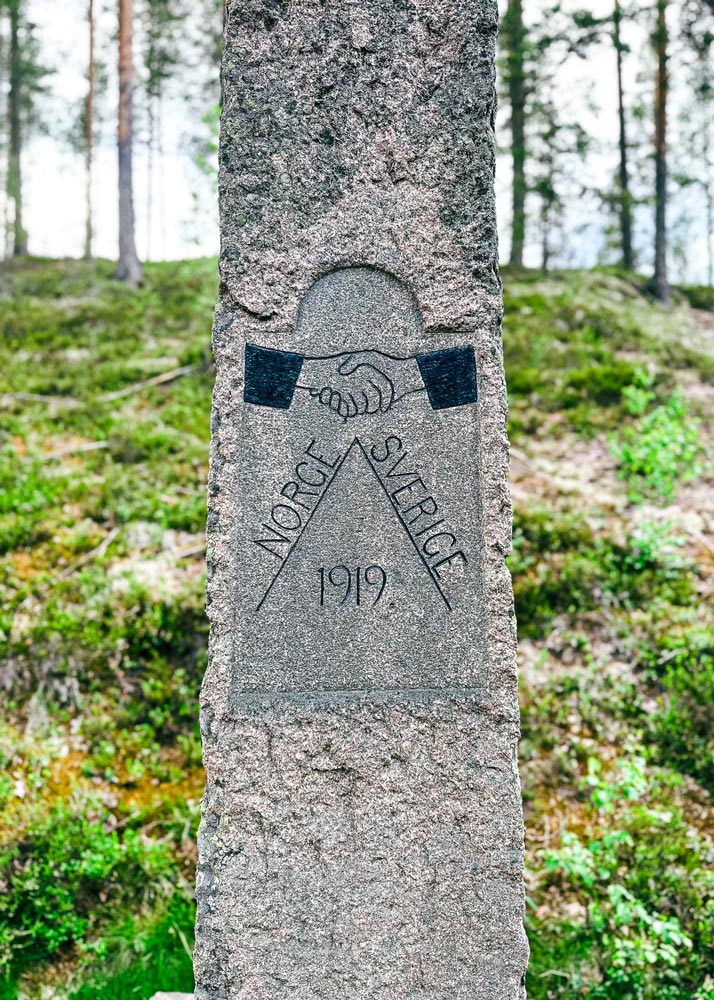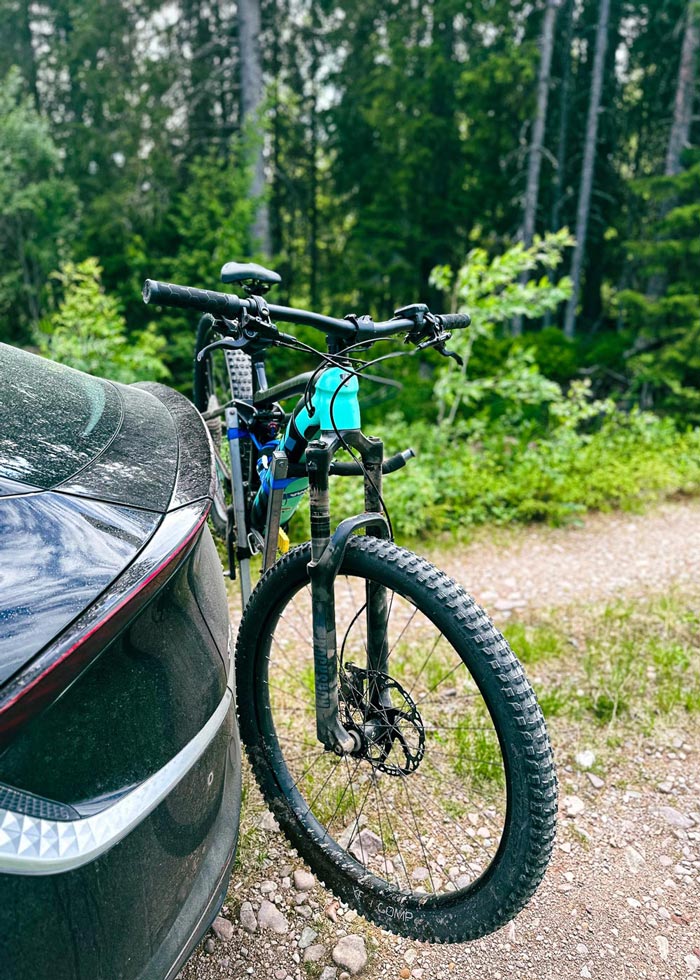Editing Skistar
It all started when I get a message from my friend Niklas that I hadn’t heard from in like
Hey, I saw the stuff you did for Ryde at Gotland! I have this gravel race between Sweden and Norway that I think would be great if you could join and film?
After a few planning meetings I was in my car on my way up mid-north in Sweden. I arrived a day earlier than the others so I could have a full day of solo-recon.



Trip music
Quite often these long drive shoots ends up in a song on repeat. This turned out to be ”Nattbuss” and ”Puff Daddy issues” by Fricky. I think it has to do with me trying to plan, think through and visualize as mch as possible beforehand … then the same song becomes a catalysator for that. I don’t have to think about the music.
No second chances
The thing I both love and hate with this type of filming is the total lack of second chances. If I fuck up there are no all-nighters in the world that can fix it. Therefore preparation have become über important for me.
I always try to scout a location ahead of an upcoming shoot. Testing lights, lenses, and angles. But also saying hi to anyone working there to see if something unusual will happen at the time of the shoot: construction work, loud noises, or anything that might interfere with the shoot …
In this case I wanted to drive as much of the trail before we started filmning. Then I can scout locations, plus I can shoot a ton of b-roll and drone footage that would just slow down us all when we have started filmning.




During my recon day I noticed that the gravel was super dry. Driving above
Driving above
15 km/h created huge dustclouds where I was filmning. This threatened to ruin the whole project … but it actually turned out the opposite.
scroll imgs: Telefon med karta, damm-moln, Niklas, Fredrik, tatoos, benskada









The setup
In Gotland we used a
Worked perfect!



Communication
One of the things that turned out way easier that I expected was the communication with the riders. Initially we had talked about using radios and intercomms but since we were always infron of them I just shouted, piunted and waved my arms to communicate where and how I wanted them to form up if I needed som special shot.
Going from black to gray
What turned out way worse was the dust, it was bloody everywhere. It covered everything in the trunk I was sitting. To worsen it dust and air was backdraughted into the trunk while driving. We had to drive with open windows to even out the airflow.

Litterally everything got covered in dust, the only place that was clean was my air tight Pelican bag. So everything not beeing used I had to shove in ther. Unfortunately that didnt help. I had constant motor-malfunctions in the gimbal. My external screen shut down several times and sd cards malfunctioned so about
After a very long, warm and überfun day we arrived in Trysil and I could get a beer and start working on the Zero Day Edit.
-->
At breakfast day
The zero day edit
The Zero Day Edit has become super important in my projects. It’s basically me spending a few hours in the evening of the first day of filmning. I do a rough cut of the clips from the first day of shooting.
Why is the Zero Day edit important?
It gets the team engaged and involved in the project if they early can see what the end result can feel and look like … or not look like … Without the Zero Day Edit all they see is me running around with what looks like a sub-standard camera rig.
I’ve had team members saying “Now I feel really inspired to push harder”. I’v had mothers of subjects tear up saying that no-one has portrayed riding in this way.
So after showing the Zero Day Edit we are more glued together and works as one unit.
The landscape
This area of Sweden and Norway is pretty amazing. The distances are huge, climbs are steep and the roads are narrow and sometimes hard to access.

So shooting b-roll takes forever. Google Mapping and driving to get a few minutes of drone footage or a rippling stream can take hours.
